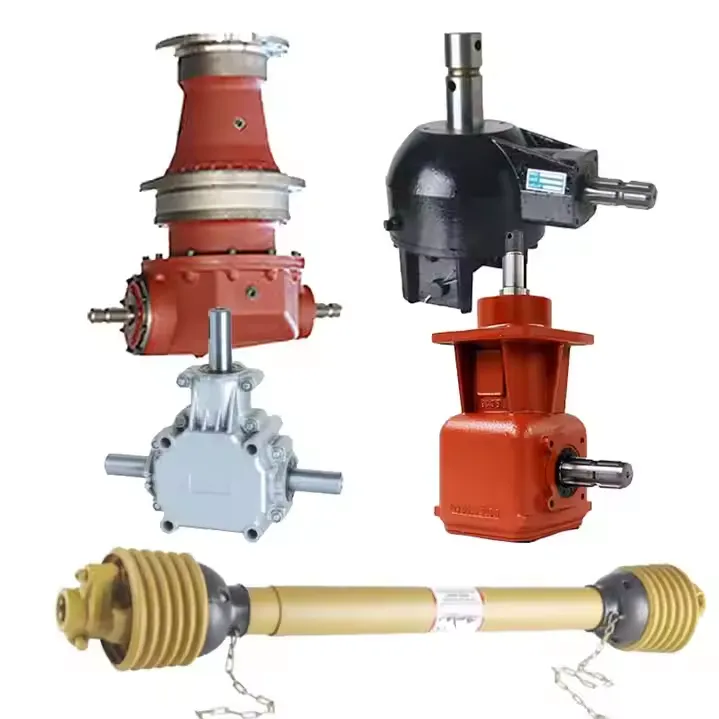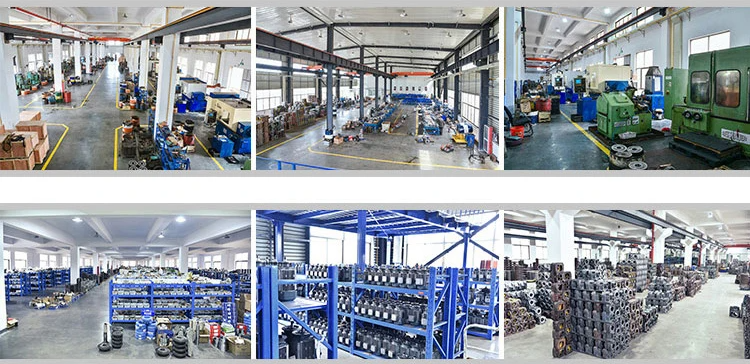Oil foaming in gearboxes is a pervasive issue affecting the efficiency and longevity of machinery across various industries. Characterized by the formation of air bubbles within the lubricant, this phenomenon compromises the oil's ability to lubricate and cool internal components effectively. This article delves into the root causes of oil foaming, its adverse effects on gearbox performance, and practical strategies for prevention and mitigation.
Understanding Oil Foaming
Oil foaming occurs when air becomes entrapped in the lubricant, forming bubbles that reduce its density and viscosity. This not only diminishes the oil's lubricating properties but also its ability to dissipate heat, posing a serious threat to gearbox health. The presence of foam can be identified by a milky appearance of the oil or the visible accumulation of bubbles on the surface.
Causes of Oil Foaming in Tiller Gearboxes
Oil foaming in tiller gearboxes, similar to other types of gearboxes, can affect the performance and longevity of the equipment. While the causes of oil foaming in tiller gearboxes share commonalities with general gearbox issues, the specific application and operating conditions of tillers might emphasize certain factors more. Here are the primary causes of oil foaming in tiller gearboxes:
Contamination with Water: Water can easily contaminate the gearbox oil through exposure to the elements, especially in outdoor agricultural or gardening applications where tillers are commonly used. This water contamination reduces the oil's ability to maintain proper lubrication and increases the risk of foaming.
Air Entrainment: The vigorous action of tiller gearboxes, combined with possible incorrect filling procedures, can introduce air into the system. The rapid movement of gears and the stirring action can trap this air, leading to foam formation.
Incorrect Oil Level: Both overfilling and underfilling a tiller gearbox can lead to problems. Overfilling increases the chance of the oil being churned and aerated by the moving parts, while underfilling can lead to inadequate lubrication and increased air incorporation into the oil.
Improper Oil Type or Quality: Using an oil that lacks appropriate anti-foaming agents or is not suited for the specific requirements of the tiller gearbox can lead to foaming issues. The oil's viscosity must match the manufacturer's recommendations to ensure proper flow and air release properties.
Mechanical Issues: Wear and tear or misalignment in the gearbox components can increase the agitation of the oil and promote air entrainment. Regular maintenance is necessary to identify and correct such mechanical issues.
Environmental Factors: Operating a tiller in very hot or cold conditions can affect the viscosity of the gearbox oil, making it either too thin (hot conditions) or too thick (cold conditions). This can facilitate the formation of foam by altering the oil's natural ability to release entrained air.
Chemical Contamination: The accidental introduction of detergents, solvents, or incompatible lubricants can change the chemical composition of the gearbox oil, reducing its ability to prevent foaming.
To mitigate these issues, it's crucial to follow the manufacturer's guidelines for maintenance, including the correct type and level of oil, regular inspections for water contamination, and ensuring that the gearbox is adequately sealed against environmental ingress. Additionally, addressing any mechanical wear and alignment issues promptly can help reduce the likelihood of oil foaming, maintaining the tiller's performance and longevity.
Implications of Oil Foaming
The presence of foam in a gearbox can lead to several detrimental outcomes, including:
- Reduced Lubrication Efficiency: Foam cannot maintain the same lubrication film strength as liquid oil, increasing friction and wear.
- Increased Operating Temperatures: Inadequate heat dissipation due to foaming can lead to overheating, risking damage to gearbox components.
- Accelerated Component Wear: The diminished protection escalates the wear rate of gears and bearings, potentially leading to premature failures.
Preventive Measures
Proper Maintenance
Implementing a stringent maintenance routine is crucial for early detection and rectification of conditions conducive to foaming. Regular oil analysis can reveal water contamination or additive depletion, while visual inspections can help identify leaks and improper oil levels.
Use of Anti-Foam Additives
Anti-foam additives disrupt the surface tension of air bubbles, aiding in their collapse. Ensuring the oil is fortified with these additives, either inherently or through aftermarket addition, can significantly reduce foaming.
Choosing the Right Oil
Selecting an oil tailored to the specific requirements of the gearbox and operating environment is paramount. Factors such as operating temperature, load conditions, and material compatibilities should guide the selection process.
Gearbox Design Considerations
Design attributes like proper venting, oil baffles, and the avoidance of high-agitation areas can minimize air entrapment. Manufacturers might also consider designs that facilitate easy and complete draining of old oil to prevent contamination buildup.
Diagnosis and Treatment
Addressing existing foaming involves:
- Draining and Flushing: Completely drain the foamy oil and flush the system to remove contaminants.
- Refilling with Compatible Oil: Refill with fresh oil, ensuring it meets the manufacturer's specifications and includes anti-foam additives.
- Mechanical Adjustments: Assess and rectify any mechanical issues contributing to excessive agitation or air entrapment.
Case Studies
Incorporating real-life scenarios where oil foaming issues were successfully identified and resolved can offer practical insights. These examples should detail the diagnostic process, the interventions made, and the outcomes achieved, providing valuable lessons for maintenance teams.
Oil foaming in gearboxes is a manageable issue when understood and approached with the right knowledge and tools. By recognizing the causes, implementing preventative measures, and acting swiftly to address any occurrences, the integrity and performance of gear-driven machinery can be preserved.

